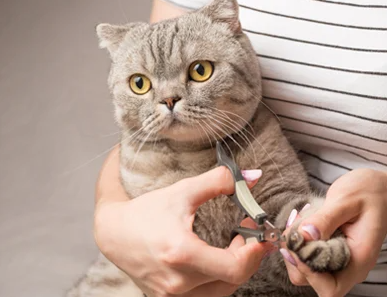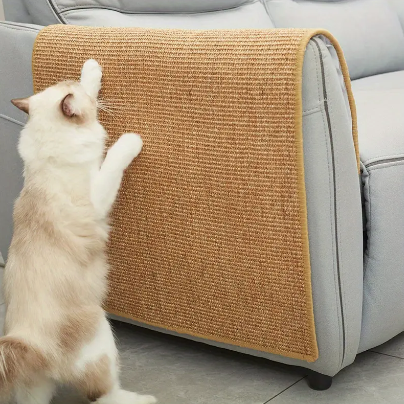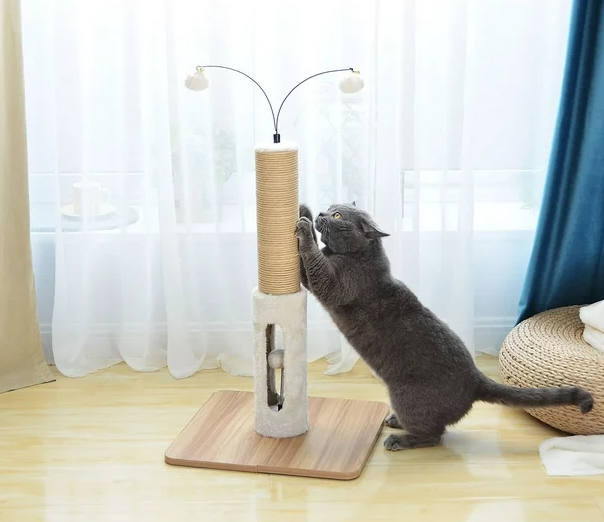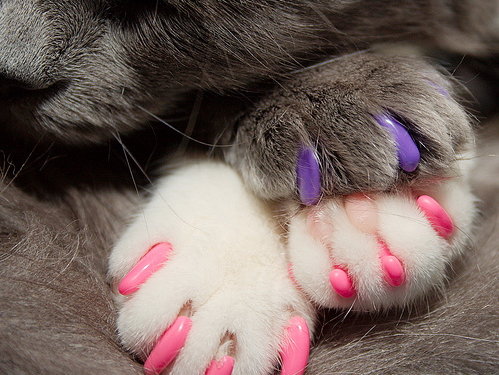Claws and declawing
By Dorothée Pâris Pasturel • 10 December 2024
The new regulation on the welfare and safety of domestic pets and equines will come into force on February 10. This means that it will be officially prohibited to perform non-therapeutic surgeries including: declawing, ear and tail cropping and devocalization. In addition, it will be prohibited to use the gas chamber for euthanasia of animals! Good news for our four-legged friends.
But let’s talk a little about declawing.
Declawing, technically known as an onyxectomy, is a surgical procedure that involves amputating the last bone of each toe to remove the claw. While it may seem like a practical solution to prevent claw-related problems, declawing is a highly invasive procedure that has significant consequences for your cat’s health and behavior.
Cats rely on their claws for a variety of activities, including climbing, stretching, and defense. Removing their primary means of defense can cause stress or anxiety. Additionally, declawed cats can develop chronic pain, lameness, and complications such as nerve damage and infections.
According to a Léger survey conducted on behalf of the Association of Veterinarians of Quebec, there are approximately 700,000 cats in the province without their claws, or 32% of adult felines living in a household.
From an ethical standpoint, declawing is considered by many to be an unnecessary and inhumane procedure. The surgical procedure involves the amputation of healthy tissue and can be likened to the removal of a person’s fingertips at the first joint. Several countries and regions have even banned or restricted declawing due to its ethical implications and the associated risks to feline welfare. Now it’s Quebec’s turn.
Here are 4 tips to easily manage kitty’s claws:
- Training your cat to have its claws trimmed.
If your cat is difficult to handle, take it gently and step by step:
- Choose a time when he’s quiet, almost asleep.
- Touch his paw very briefly, then give him a treat immediately afterwards.
- Repeat this step.
- When he is comfortable and no longer pays attention to your hand, take his paw briefly. Then reward him with a treat.
- Repeat this step.
- Apply light pressure to its paw, as if to open its claws, again very briefly. Then reward.
- Repeat.
- Do the process gradually until you can cut his claws one by one.
- Spread the sessions out over several days. Soon you’ll be able to cut them all off at once.
- If there are two of you, another technique is to spoon-feed him tuna (or canned food) while the other person trims his claws.
If you are definitely not comfortable, call a professional: at the groomer, in a pet store or even at home. Mondou offers the service at a low price, or even free depending on your membership status.

- Install one or more scratching posts in your home:
Provide your cat with one or more scratching posts made from different materials such as rope, cardboard or carpet. Place them strategically in several areas of your home: entryway, hallway, next to the couch, etc. If necessary, encourage your cat to use them by sprinkling them with catnip or engaging him in interactive play near the posts.
If your cat tends to scratch furniture, cover it with aluminum foil for a while and place a scratching post nearby.
If you experience any further difficulties, do not hesitate to contact a cat trainer or Proanima for advice.


- Nail covers:
These soft rubber caps, available in various sizes and colors, are glued onto the claws and typically last several weeks before needing to be replaced.

- Environmental enrichment:
Enrich your cat’s environment with interactive toys and games to keep him mentally and physically stimulated. A well-enriched environment can help alleviate boredom and reduce the risk of destructive scratching behavior. Rotate toys regularly to maintain his interest.





Leave a Reply